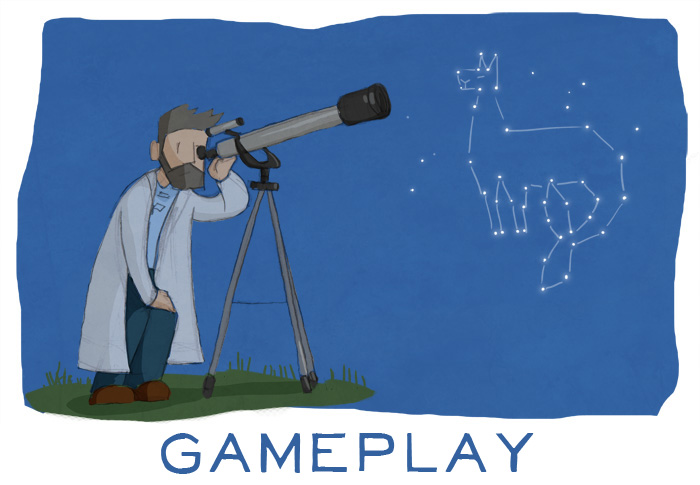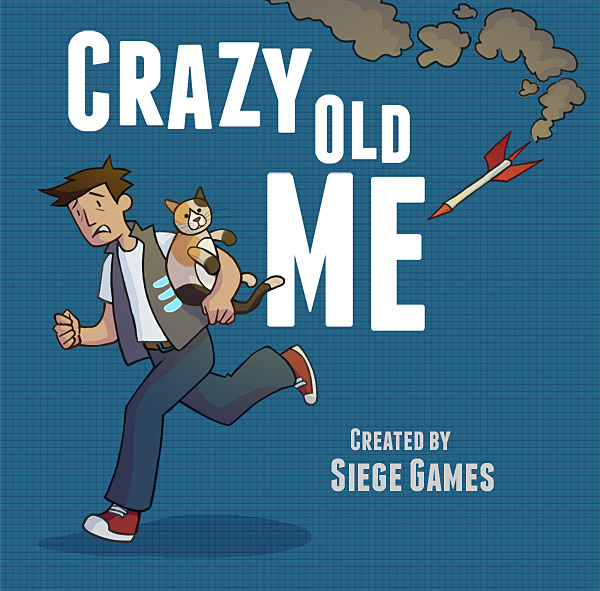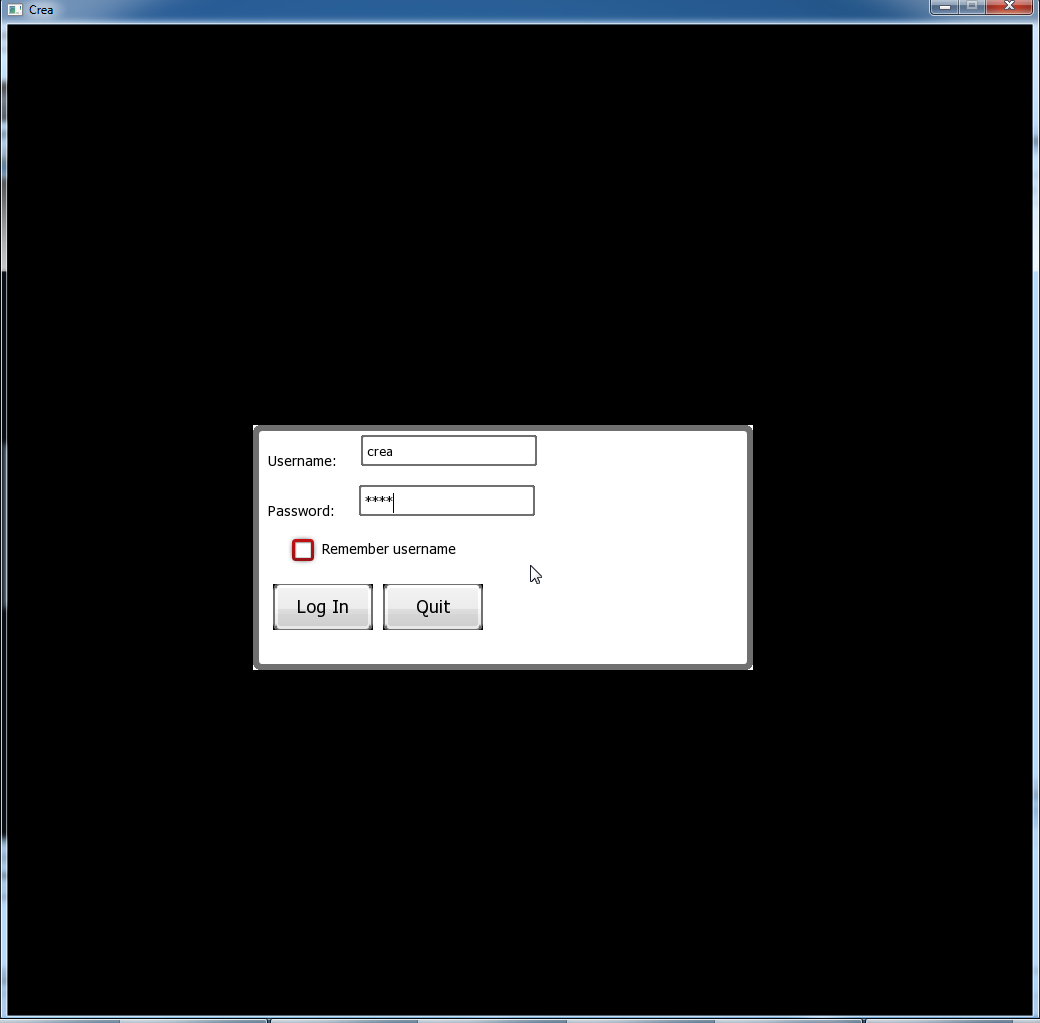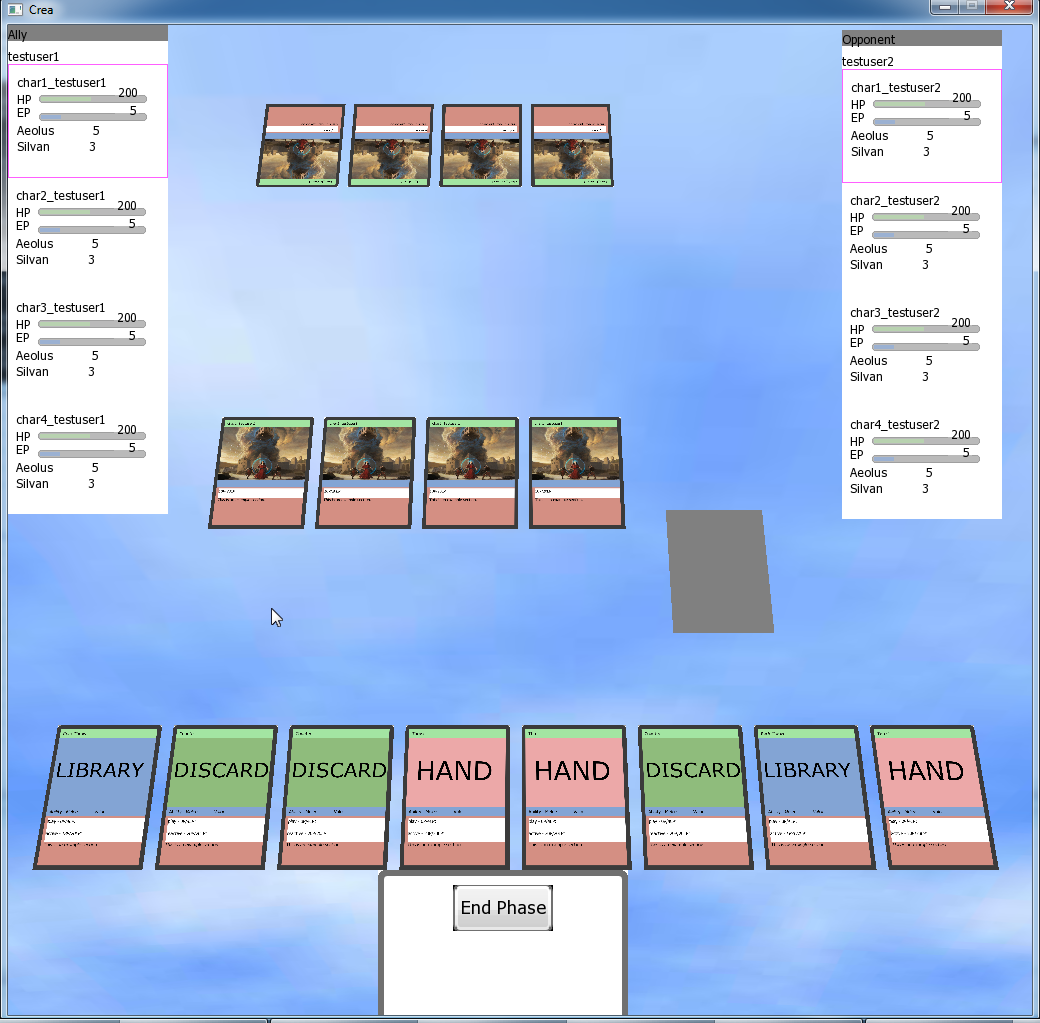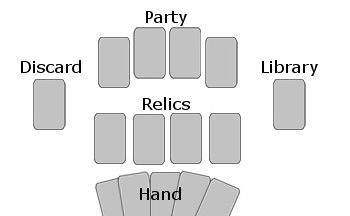When standing at the threshold of a new project, humans tend to be overly optimistic and at least have best intentions for the project. Perhaps this is done to help rationalize our projected time investment into the project. Whatever the reasoning, I am particularly prone to this condition. When beginning my previous project, Crea, I was certain I would finish it and its beauty would cause the entire world to weep and cause the sea level to rise. Fastforward two years and it is clear there were several mistakes made that lead to the project being put on hold. I want to share some of these mistakes in hopes that others can learn from them – or at least I can.
Feasible Design
Ideas only have value if they are feasible. If it’s impossible to execute an idea given the resources available, then it is worthless. I’m talking about the resources you absolutely have - not promised or hope to have. It is all too easy to think “I can find people online.” or “My friends said that they’d help.” to help rationalize the scope of a large project.
Crea was designed to provide both story (PvE) and competitive (PvP) modes along with hundreds of cards and dozens of quests. This is a feasible project right? It is if you have the resources and I had convinced myself that I did. The project started with three people and grew to 6 people over the course of a few months. Life quickly began to pull team members in different directions, which left me with a large project and limited resources. Instead of calling the project a loss, I counted my chickens before they hatched. I convinced myself if I just get enough of the project done then people will see its potential and want to help. However, I gradually realized that to develop a project of this size on my own, a massive amount of work would required over a span of several years. This was undoubtedly the largest issue for Crea.
Moving forward, while coming up with a new game project my primary focus will be to ensure that the very basic design is feasible with the resources I currently have. I will try to be more realistic for project timelines and time pouring will be limited to something reasonable. I will not count new team members as a reliable resource until proven otherwise.
Defined Scope
The only way to determine a project’s feasibility is to have a well-defined scope. A carefully thought-out project design can fight against the deadly disease known as scope creep. Scope creep is where new features are added after the initial design without adding new resources – a temptress that has seduced many game projects and led them down a path of destruction.
In addition to Crea not being a feasible design, it was not well-defined upfront as well. The very core gameplay was detailed but gameplay systems were left to be sketched out. This vagueness left the project wide open to scope creep. We added a dozen cool “features”, such as character classes, card levels, card fusing, and the list goes on. Countless hours were spending pondering these features and implementing them. We were so excited about all these new ideas that we lost track of the big picture. The result: a bloated, needlessly complicated game design.
Eventually, during a cleansing period, I trimmed over a great deal of this extra fat, but the damage had already been done. The large scope had scared off many and left the few remaining reasonably discouraged considering so much progress lost. I imagine that the course of this project would have been severely different if we had taken the time to detail out all of the features and the scope of the game’s content – perhaps it would have not even made it past design.
All of my future projects will always have all aspects detailed out in a design document before any development begins, this includes features and content. I have found that prototyping a project gives an invaluable insight into the true scope of the project with minimal commitment. A prototype also is a great time to play around with the design to help minimize the changes needed in the future. Initially, nothing is set in stone since it is impossible to get things perfect on paper; however, I will be cautious any changes particularly further into development. Whenever changes are made it is vital to keep the project’s scope in mind to avoid losing control.
Cautions About Free Help
People are cautious of how they spend their free time – particularly when giving it away. When dealing with game projects, if the project is not benefiting someone then that person is unlikely to stick around and I don’t blame them. Even if the person genuinely wants to help or is getting something out of the project, legitimate reasons come up that may require the person to reassess his time commitments. Life happens and it happens unpredictably. It can be a real challenge when trying to determine if you can truly rely on someone when the going gets tough.
Throughout the entire lifetime of Crea, I was depending on free help from both friends and people from online forums. Most of my online contacts who promised to help, never did, or would help for a week then disappear without warning. The few team members who did stick around for a few months eventually either became too busy to work on Crea or just lost interest. I believe that the daunting size of the project was what scared most off. In retrospect, it was completely unreasonable to expect others to invest years of their time into a project.
I have learned that if you’re asking for someone’s free time then don’t ask for too much. Keep the project short with continual returns on the person’s investments, even something as simple as tangible progress can be acceptable. When searching for that perfect someone, look for someone that is as passionate about the project as you are. If all else fails, I have found that money is very good at convincing people to stick around.
Conclusion
I by no means want to discourage large projects and do not think people should not take risks. I have read about several successful indie games that faced some rough times, such as Magicka and Super Meat Boy. I am certain that serious doubts filled the developers minds at some point, but yet they persevered and found success. This post is about minimizing project failure. After all, the number one defining characteristic of successful video games is that they’re finished.
